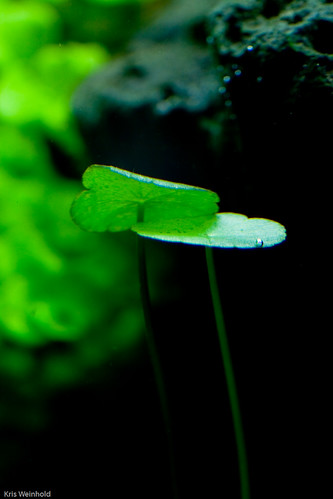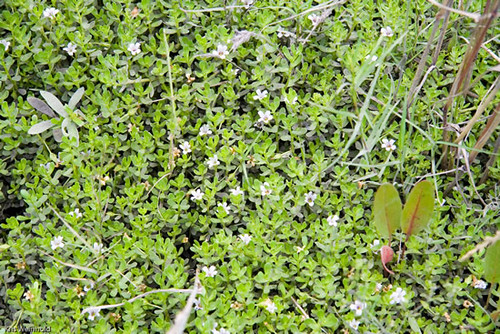GWAPA recently organized a 6-day “field trip” down to Florida to collect plants, fish, and enjoy many of the various aquarium-related attractions the state has to offer. Five GWAPA members, including myself, piled into a few vehicles to make the trek down I-95. Over the next few blog posts, I intend to chronicle portions of our trip. I hope you enjoy reading this as much as we enjoyed the trip!
Day 1: A lot of Driving.
Day 2: Morning: Snorkeling the Ichetucknee River
 We arrive early in the morning, around 7:45am, just before the park opens at 8:00am. Ghazanfar had been recommended this excellent state park by a number of other aquarists who had snorkeled the river 3-4 years ago. We enter the park, and receive a number of instructions; Ghazanfar and I carry the gear to the first spring, while Michael and Rodney take their vehicles downstream to our stopping point. While we’re waiting for the others to return, Ghazanfar and I enter a small spring-fed pool to adjust our snorkeling equipment and ready ourselves for the next 3.5 hours of swimming. Even the small pool is amazing, showcasing at least 4-5 plant and fish species. Despite the relatively chilly water, we had a great time.
We arrive early in the morning, around 7:45am, just before the park opens at 8:00am. Ghazanfar had been recommended this excellent state park by a number of other aquarists who had snorkeled the river 3-4 years ago. We enter the park, and receive a number of instructions; Ghazanfar and I carry the gear to the first spring, while Michael and Rodney take their vehicles downstream to our stopping point. While we’re waiting for the others to return, Ghazanfar and I enter a small spring-fed pool to adjust our snorkeling equipment and ready ourselves for the next 3.5 hours of swimming. Even the small pool is amazing, showcasing at least 4-5 plant and fish species. Despite the relatively chilly water, we had a great time. 
Hydrocotle, Valesneriam, Ludwigia, native mosses, and bacopa populate the floor of the spring. Various sunfish, catfish, and bass hang out in the cool, clear water. We’re able to see the spring push through a small cavern below us, sending small rocks circling in the water. Rodney and Michael arrive, and it’s time to head down the path to the actual river entrance.

The river itself is covered from left to right (and often floor to surface) with 2-3 foot long Valesneria. In the main channel, larger fish swim in the open, while others often take refuge in still enclaves, protected from the current by masses of wood, limestone, and plant matter. As you swim toward the banks of the river, smaller fish, such as these shown above, swim in the hundreds among the grasses. I regret not being able to collect these fish, as collecting from state parks is illegal. Wouldn’t a group of these guys be fantastic in a large planted tank?
Over three exhausting, but exhilarating hours in the water, we make our way to the parking lot, readying ourselves for the real reason we came down to Florida – to collect and sample various fish and plants from around the state.
Day 2: Afternoon Collecting

After getting our fish licenses, we head out on the road looking for small creeks, water-filled drainage ditches, and runoff ponds. One of the first places we came upon that fit this description is shown above. We found a few speckled mosquito fish, lots of hydrocotle and bacopa monnieri, but not much else. Nevertheless, we bagged a few sample plants and headed on our way. Now we knew what we had come from, so we were ready for the next few days of collecting.
Day 2: Evening Driftwood

The next stop on our trip is Tom’s Cypress, a huge retailer of cypress wood, branches, and artisan goods. As you can see, they have a large selection of cypress knees. I selected a few unique-looking pieces of cypress, paid, and left satisfied with a great first day in Florida.





















 We arrive early in the morning, around 7:45am, just before the park opens at 8:00am. Ghazanfar had been recommended this
We arrive early in the morning, around 7:45am, just before the park opens at 8:00am. Ghazanfar had been recommended this 


